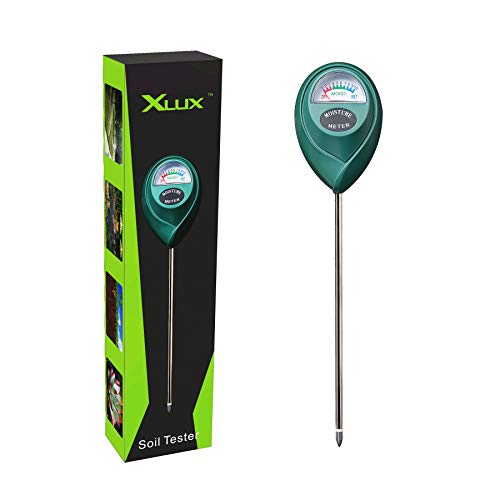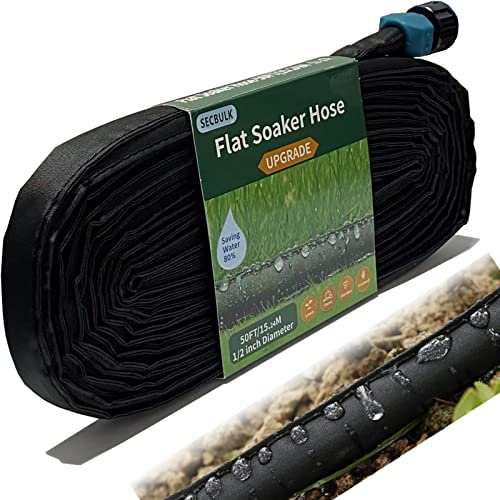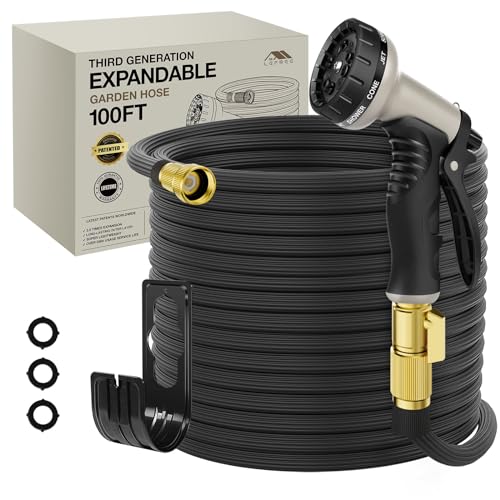What is deep watering? How you can save resources in the garden and have stronger plants
Deep watering is more economical and efficient, as well as hugely beneficial to your garden
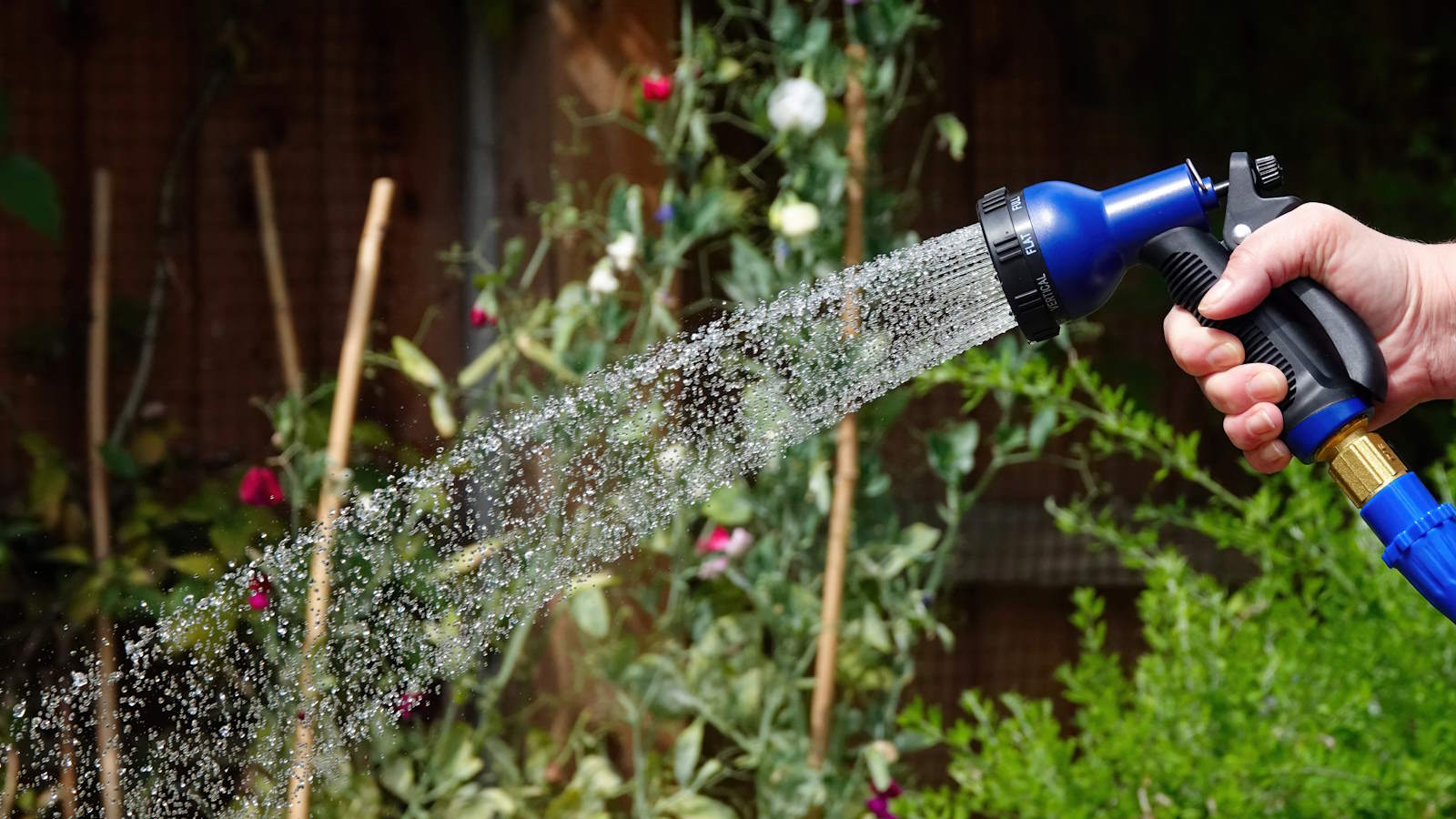

Watering plants is one inevitable gardening task. It may seem simple on paper to give plants water to keep them alive, but it can be littered with potential pitfalls and has pros and cons for different watering techniques.
Water ‘deeply’ is a term commonly seen in instructions for watering plants. Plants certainly benefit from being given a good drink rather than a little trickle of water, but deep watering is a particular technique that helps grow healthier and tougher plants.
The method may throw up many questions, including how long to do it and what’s the best method for deep watering. Those questions, and more, are all answered here to help you understand deep watering and have the confidence to put the theory into practice in your garden.

Deep watering benefits all plants in your backyard
What you need to know about deep watering
Deep watering is a great method to keep plants hydrated in flower beds and borders or for watering a vegetable garden. It can be used to water plants in containers, especially larger pots and planters.
Over my years as a professional gardener, I used many different irrigation methods to water plants efficiently, from watering cans to sprinklers to drip irrigation systems. I have taken my own experience, and gathered insight from other professionals, to outline what is deep watering, why it is beneficial, and the best ways to do it.
What does deep watering mean?
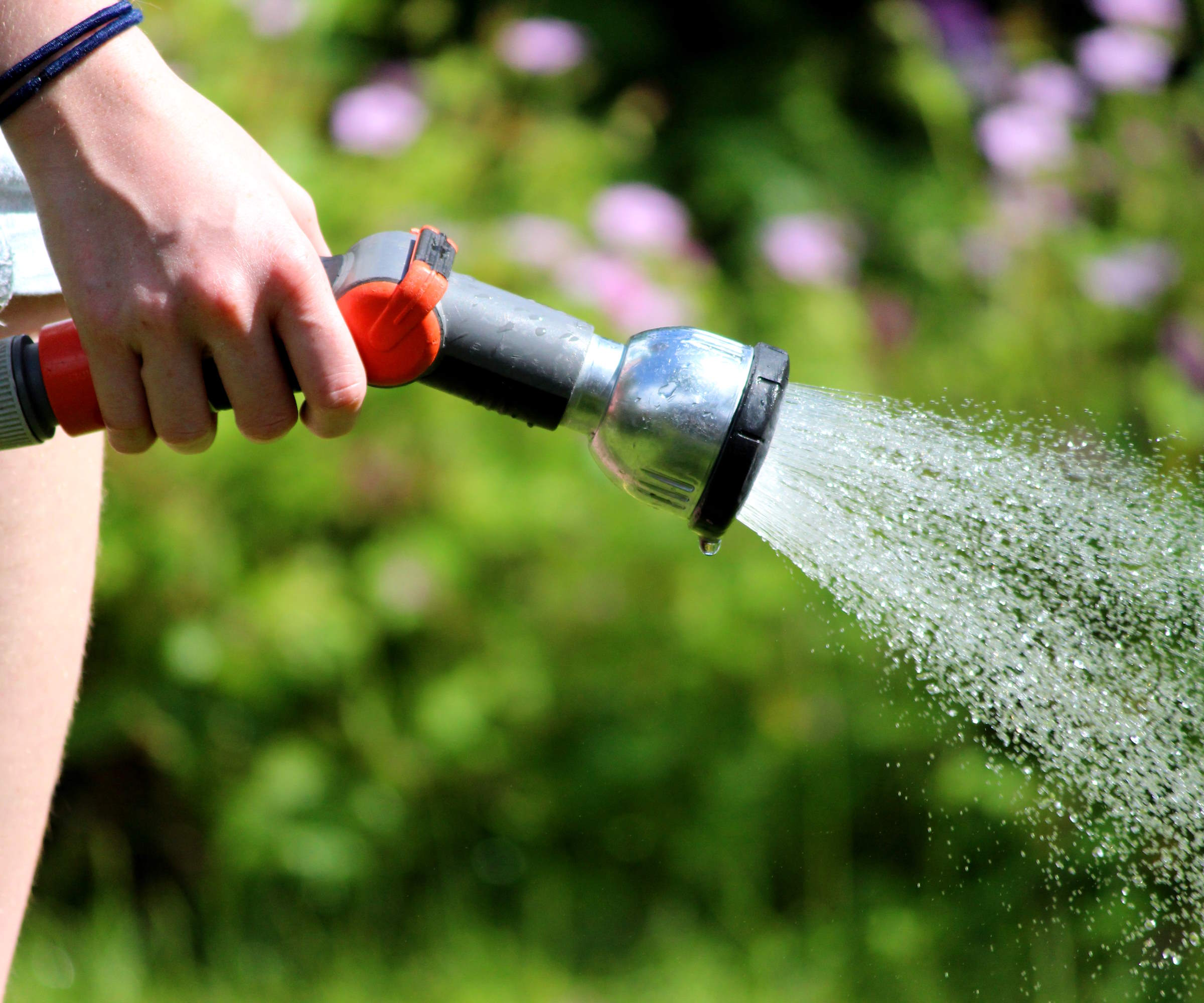
Deep watering can be done with a common garden hose
Deep watering is a shrewd method of how to water plants in your backyard. It can benefit trees, shrubs, flowers or edibles, and can even be a tactic for watering a lawn to keep it healthy through the hottest months.
The method gets moisture down far past the soil surface where it is the most beneficial. It involves thoroughly soaking the soil so that the water penetrates deeply into the ground, up to eight inches. The moisture must reach the plant's root zone, which can stretch far into the soil depending on the type of plant.
Design expertise in your inbox – from inspiring decorating ideas and beautiful celebrity homes to practical gardening advice and shopping round-ups.
‘This method encourages plants to develop deeper root systems, making them more resilient to drought and extreme temperatures,’ says Marek Bowers, a drought-tolerant gardener and founder of Bolder Green.
‘Deep watering is great because it means you don’t have to water as often since the soil stays moist longer, and it's more efficient, saving you water (and money) in the long run.’
The process needs to be done slowly and it is important to ensure the soil type has good drainage to allow that water to penetrate deeply through the soil and not pool around the roots of plants and waterlog them.
If you have clay or sandy soil, adding organic matter such as compost, well-rotted manure, or leaf mold, can boost the structure and drainage and maintain its moisture-holding properties.

Marek is a sustainable landscaper and an expert on California and Colorado low-water rebates. Marek's website, Bolder Green, is a guide to eco-friendly gardening. Through his articles on drought-tolerant landscaping and xeriscaping, readers will learn how to design stunning gardens that conserve water and support wildlife, all while adding beauty to their outdoor spaces.
Deep watering vs shallow watering
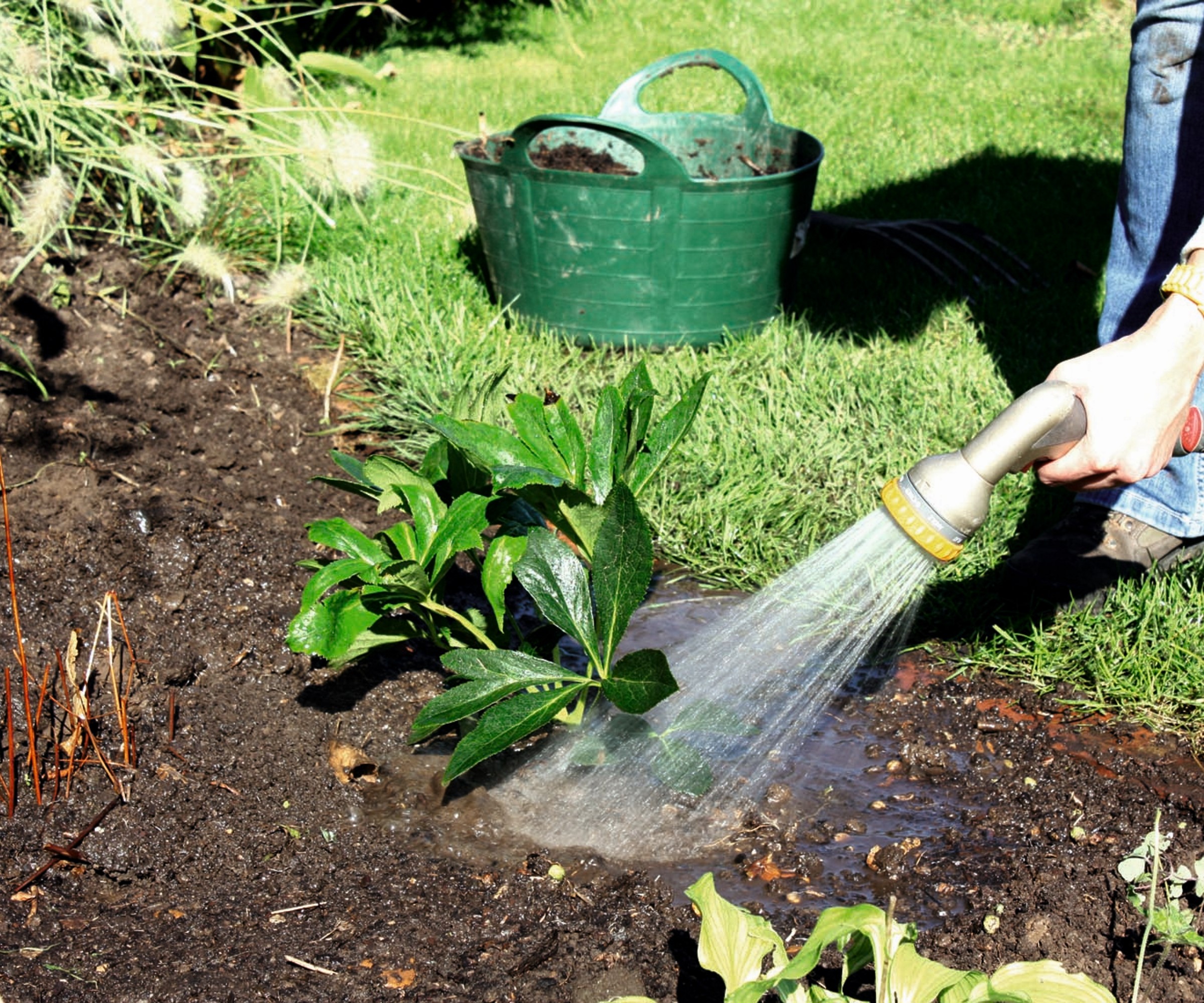
Newly-planted shrubs and trees want to be watered deeply
Watering deeply means healthier and stronger plants that can withstand drier conditions, thanks to their deeper and well-developed root systems that can search out moisture further down in the soil.
Plants will benefit from deeper and less frequent watering than being given moisture little and often. Giving plants a tiny drink is a garden watering mistake, especially when watering plants in hot weather.
‘Water that soaks down to 6, 7 or 8 inches beneath the surface will remain in the soil for a longer period, whereas smaller amounts of water that only wet the surface of the soil will evaporate in the blink of an eye during the high heat of summer,’ says Thomas Rutter, a former professional gardener and content editor at Homes & Gardens. ‘This is a waste of resources, and time - and is unhelpful to your plants.’
In the plant’s development, shallow and light watering will only encourage shallow root systems. The roots will stay near the surface where the moisture is, but healthy plants want a deep and well-developed network of roots. Watering deeply from the start will give you stronger plants that are less susceptible to drought.
When the temperatures increase in summer the top inches of the soil will dry out quickly and plants with only a shallow and under-developed root network will be more susceptible to drying out and wilting. Plants with longer roots can access moisture further down in the soil, which won’t dry out as quickly. Deep watering means moisture several inches down in the soil that can sustain plants through drought, even without daily watering.

Thomas is a Content Editor within the Gardens Team at Homes and Gardens. He has worked as a professional gardener in gardens across the UK and in Italy, specialising in productive gardening, growing food and flowers.
Recommended deep watering techniques
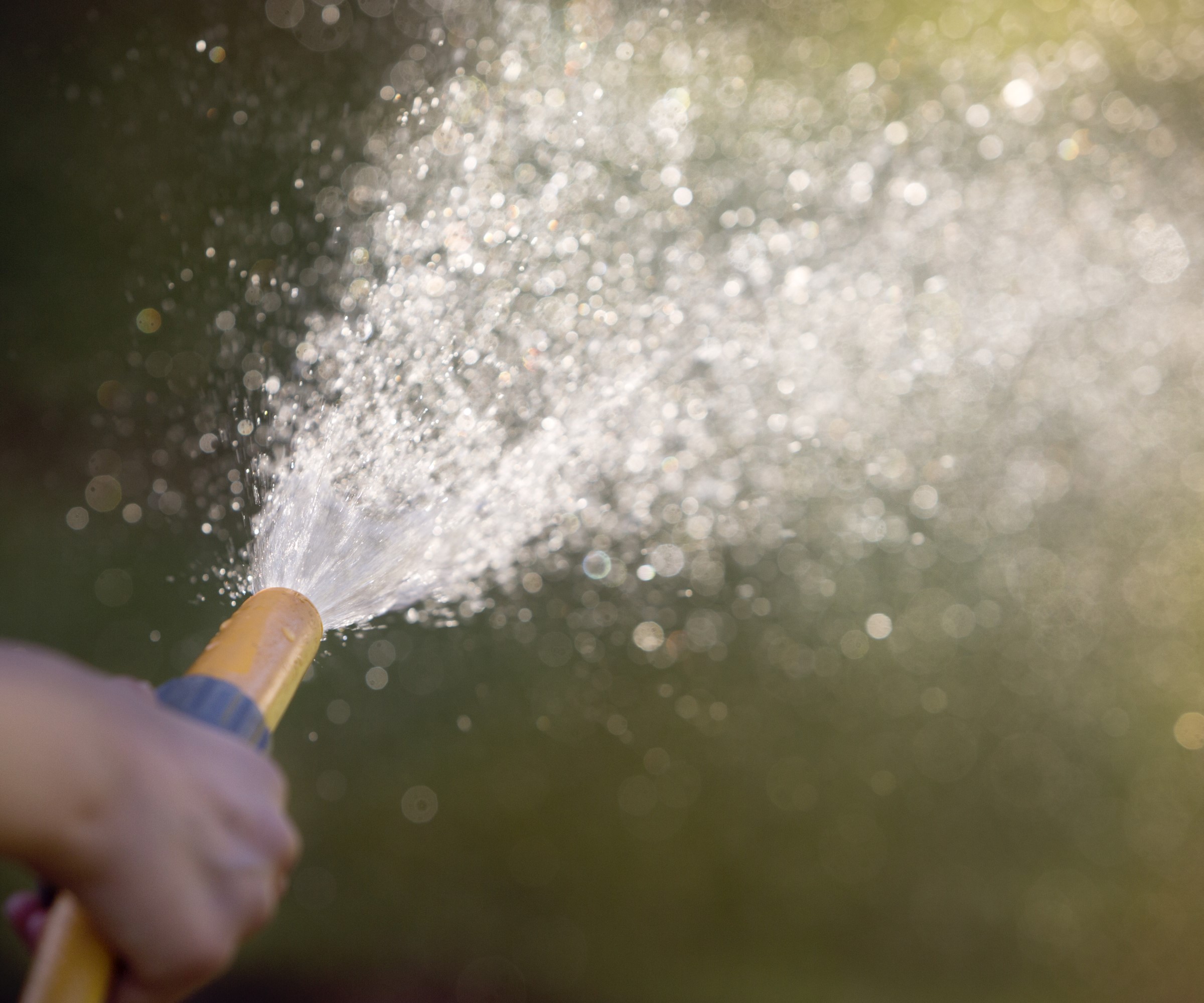
Reduce the amount of water released at a time when deep watering
The key to deep watering is delivering the water slowly into the soil. Adding the water too quickly can cause puddling on the soil surface, rather than the moisture soaking deep into the ground. If you see the water start to puddle, stop watering immediately and wait for it to disperse before slowing down the stream of water.
Deep watering can be done by hand with a watering can or a garden hose. It will be more laborious with a watering can, but you can monitor exactly how much water you give each plant.
‘For larger established trees or shrubs, I would recommend using a hose to water deeply,’ says Thomas Rutter. ‘Get the hose out in the early morning and give certain trees a good drenching for 20 minutes, rotating on the next tree, and so on.
‘However, when watering this way, it is best to keep the faucet at a light to medium level of power, as this amount of water in a short space of time can do more harm than good.’
The best deep watering method is drip irrigation systems or soaker hoses, they are ideally suited to the task. ‘These tools slowly release water right at the soil level, which prevents waste from runoff and evaporation,’ claims Marek Bowers.
Such systems can deliver a slow rate of water over an extended period so it gradually soaks deep into the soil down to the root zone. The irrigation can deeply water the soil in around an hour. Another advantage of drip irrigation is that delivering water to the soil eliminates wet foliage and the risk of fungal diseases, such as powdery mildew.
To retain water in the soil, to benefit plants the most, and to keep the soil moist in the summer. be careful when you choose to water. ‘It's best to water early in the morning or late in the evening to reduce the amount of water lost to evaporation,’ recommends Marek Bowers. ‘Adding mulch around your plants also helps keep the soil moist by reducing evaporation.’
Shop deep watering essentials
FAQs
How to get water to penetrate the soil?
Soil can become hydrophobic when it becomes extremely dry and it can be difficult to moisten it again - this can be an issue in hotter US hardiness zones. To get water to penetrate such soil and not just run off and puddle on the surface, add organic matter to improve the structure, slowly and lightly re-wet it repeatedly until it breaks up, or use wetting agents.
You’ll now know that deep watering is a fantastic way to ensure your plants survive dry periods. If you are going away during the summer, watering deeply before will help keep plants alive.
But there are more ways to water plants while on vacation to discover, including building a DIY garden watering system out of old plastic or glass bottles or using water spikes to drip-feed plants while you are away.

Drew has worked as a writer since 2008 and was also a professional gardener for many years. As a trained horticulturist, he worked in prestigious historic gardens, including Hanbury Hall and the world-famous Hidcote Manor Garden. He also spent time as a specialist kitchen gardener at Soho Farmhouse and Netherby Hall, where he grew vegetables, fruit, herbs, and cut flowers for restaurants. Drew has written for numerous print and online publications and is an allotment holder and garden blogger. He is shortlisted for the Digital Gardening Writer of the Year at the 2025 Garden Media Guild Awards.
